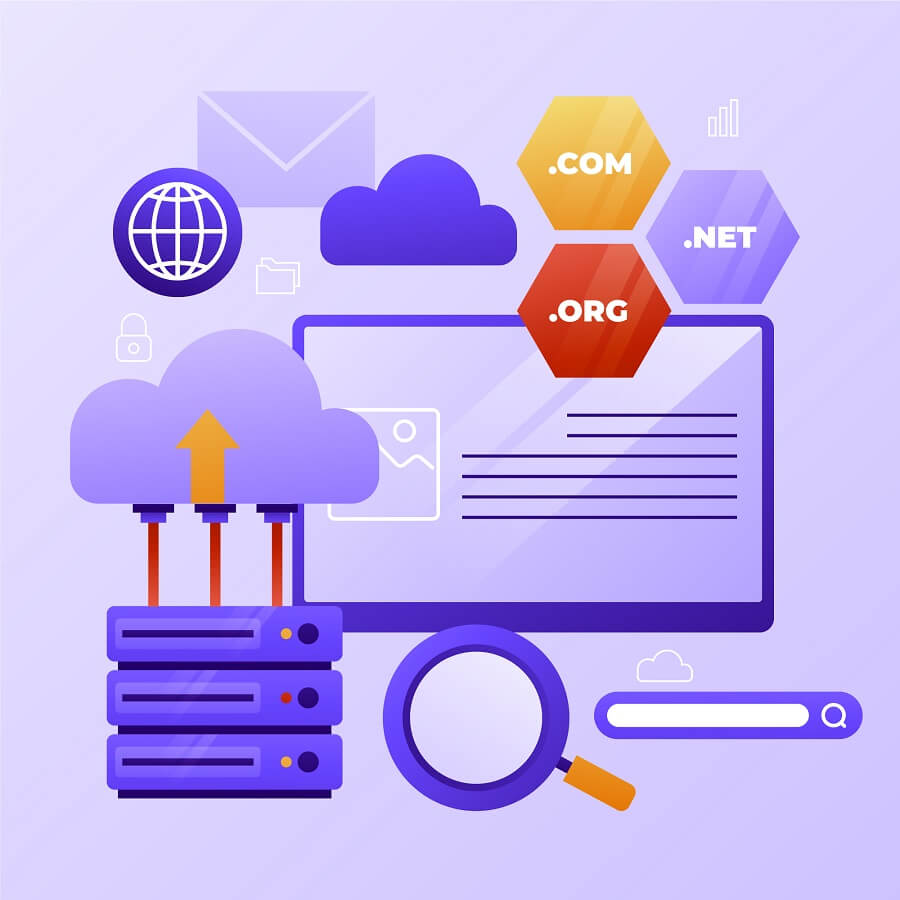What is a reverse proxy server?
A reverse proxy server acts as an intermediary between clients and web servers, handling incoming requests and distributing them efficiently. It provides enhanced security, load balancing, and improved performance by managing traffic flow and caching responses. This server type is crucial for large-scale web applications that need to handle multiple requests seamlessly.
Why are reverse proxy servers important?
Reverse proxy servers are essential because they provide enhanced security, improved performance, and better resource management for web applications. They act as a protective barrier between users and your backend servers, help distribute traffic loads effectively, and can significantly improve response times through caching. This makes them crucial for maintaining reliable and secure web services.
What types of tasks can reverse proxy servers handle?
How do reverse proxy servers maintain security?
How do I get started with a reverse proxy server?
What are the benefits of reverse proxy servers for businesses?
Reverse proxy functionality encompasses various elements, each designed to enhance your web application's performance and security. Key aspects include load balancing, SSL termination, caching mechanisms, DDoS protection, and traffic routing. Using the right combination of these elements ensures your web services are efficiently managed and protected across all access points.
Reverse proxy servers maintain security through sophisticated access controls, encryption protocols, and traffic filtering mechanisms. These systems can be configured with specific security policies, firewall rules, and monitoring capabilities. They also often include threat detection measures and can be adjusted based on emerging security threats and requirements.
Implementation starts with selecting the right reverse proxy server solution for your infrastructure needs. You'll need to configure the system with your network settings, security requirements, and performance parameters. Many solutions offer integration options with existing web servers and applications. Regular monitoring and optimization ensure the proxy continues to meet your performance and security standards.
Reverse proxy servers help businesses improve website performance, enhance security, and manage traffic efficiently. They can reduce server load, protect against cyber attacks, and enable better resource utilization. This improved infrastructure often leads to better user experience and more reliable web services.

























